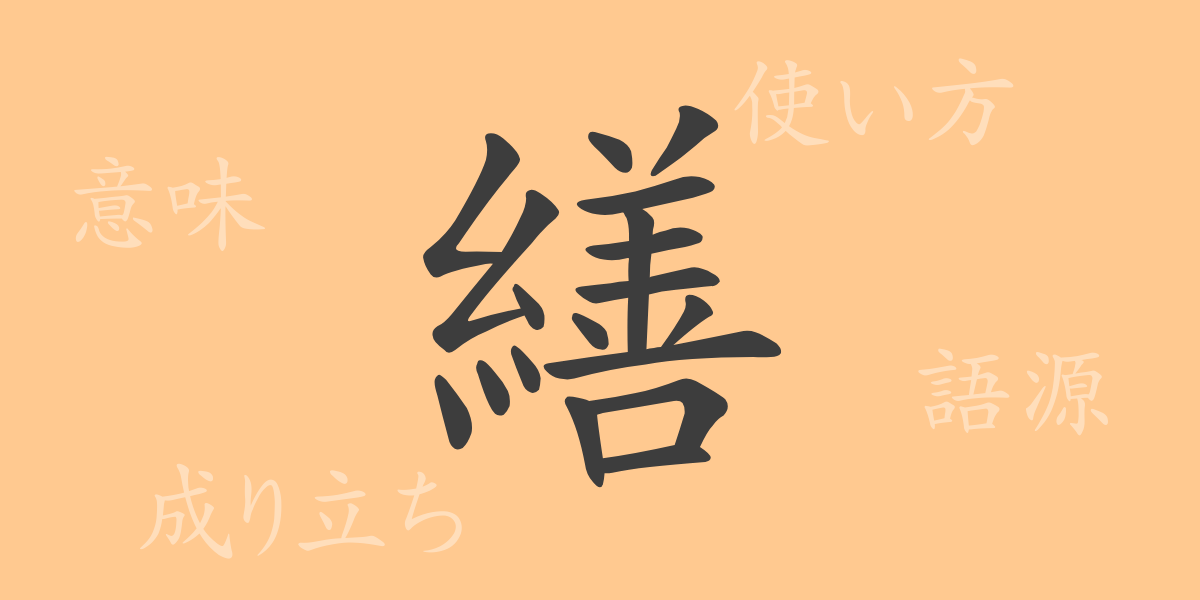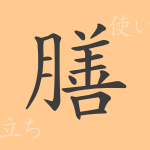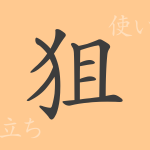The beauty of the Japanese language is reflected in its characters, each harboring deep meanings and stories. This article highlights the kanji “繕” (ぜん), exploring its intricate world from its origins to modern usage, including how it enriches expressions in Japanese. Let’s dive deep into the history and meanings behind this commonly encountered kanji in daily life.
Origins of 繕 (ぜん)
The kanji “繕” originated from the act of mending clothes, an essential skill in ancient China. It combines “糸” (いと), indicating thread, with “善” (ぜん), representing the act of doing well, suggesting the action of skillfully mending with thread. Over time, it evolved to mean correcting or arranging things, reflecting its integral role in life and language.
Meaning and Usage of 繕
In contemporary Japanese, “繕” primarily means to repair, arrange, or correct. It is used both physically, such as mending a tear in clothing, and metaphorically, like correcting a typo in a text or adjusting one’s behavior. The phrase “体裁を繕う” extends this meaning to arranging one’s appearance or demeanor.
Readings, Stroke Count, and Radical of 繕
The kanji “繕” has multiple readings and a rich composition:
- Readings: On’yomi “ゼン”, Kun’yomi “つくろう”
- Stroke count: 18
- Radical: 糸 (いと)
Phrases, Idioms, and Proverbs Using 繕
Several idioms and phrases include “繕”, illustrating its versatility in the Japanese language:
- 体裁を繕う(ていさいをつくろう): To tidy up one’s appearance or behavior.
- 言い繕う(いいつくろう): To manipulate words to cover up the truth.
- 繕い立てる(つくろいたてる): To repair and tidy up things, or to embellish words to make them appear better.
- 繕う手間(つくろうてま): The effort required to mend or fix something.
These expressions show how “繕” is used in diverse contexts, from literal repairs to more figurative applications.
Conclusion on 繕
The kanji “繕” encompasses a range from its origins in clothing repair to broader implications of fixing or beautifying words and behaviors. It plays a crucial role in conveying the subtleties of culture and values in Japanese, reflecting the spirit and values of its speakers. Through this article, readers are invited to deepen their understanding of “繕” and embrace its rich expressive power in their use of Japanese.

























